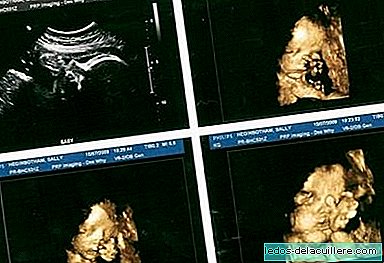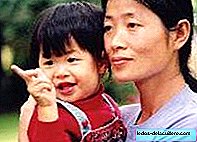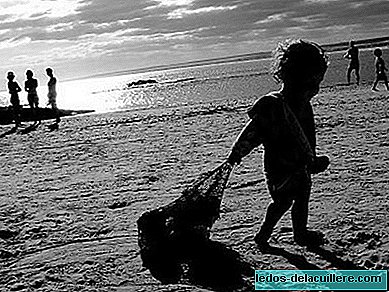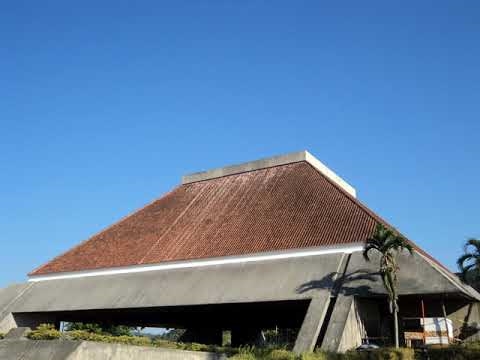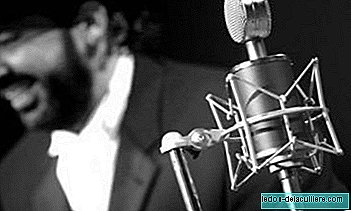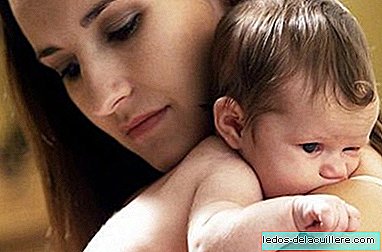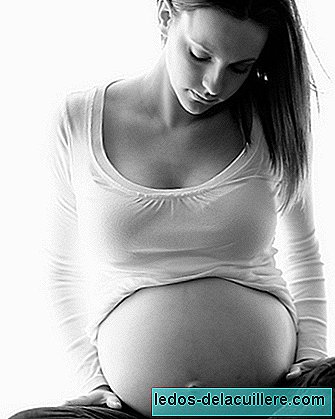
One of the possible complications of childbirth that is most scary for women (and I would say that also for men, that we put ourselves in their place and if something like this happens we would get depressed for life) is perineal trauma, a name they receive the tear or episiotomy that, although practiced by professionals, is equally trauma.
The new protocols are trying to re-educate professionals to intervene less and let the delivery flow, without hurry but watching (just in case), because the episiotomy does not seem as recommended as it was believed. However, not everything is in the hands of professionals, because it is believed that mothers can also do something to prevent damage to their perineum: massage it before going to give birth.
The doubt is, Are massage in the perineum useful to avoid tears and episiotomies?
To answer this question we are going to talk about a systematic review of several studies conducted by Cochrane, which included three randomized trials involving 2434 pregnant women in total (1941 had not yet had children and 493 had already been mothers) that Perineal massage was done at least during the last four weeks of pregnancy.
Perineal massage does reduce the likelihood of perineal trauma
It was noted that there were a 9% reduction in the incidence of trauma that requires suturing, although it was only statistically significant for women who had not yet had children. That is, those who had already been mothers did not seem to benefit from the massage.
In one of the trials, which included 931 women, it was concluded that perineal pain after childbirth was reduced by 32% in those who had had a pre-delivery massage and also had a lower risk of suture trauma: of every 16 Women who practiced massage, one less received sutures after childbirth.
Regarding first and second degree perineal tears (the mildest) and third or fourth degree perineal trauma, no significant differences were seen among all women. That is, the benefit was that 15% of mothers who had been massaged suffered less episiotomies (first and second grade) than those who had done nothing.
In conclusion
According to the review authors, the conclusion is that Perineal massage after 35 weeks reduces the incidence of perineal trauma that requires suturing (mainly episiotomies) and women are less likely to suffer perineal pain three months after delivery.
Given these data, it is advised that women receive information about this practice and that they be informed of how to do it to help reduce the risk of perineal trauma, something that I would say is not usually recommended (at least my wife no one he recommended it in any of the three deliveries and it was she, on her own initiative, who reported it). In addition, professionals should be instructed on the basis of this evidence to avoid doing episitomies routinely, because in that case, it will be of no use for women to perform perineal massage.
By the way, if you are wondering how the perineal massage, after seeing that it can be a help when giving birth, we will talk about it tomorrow.


